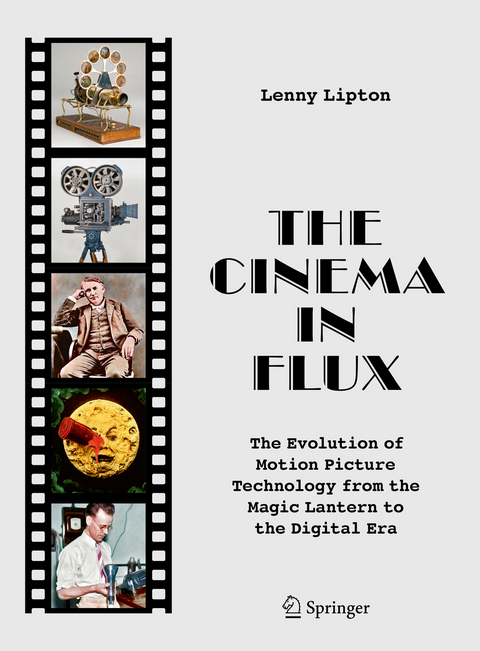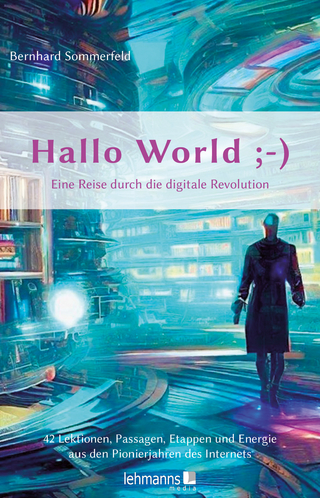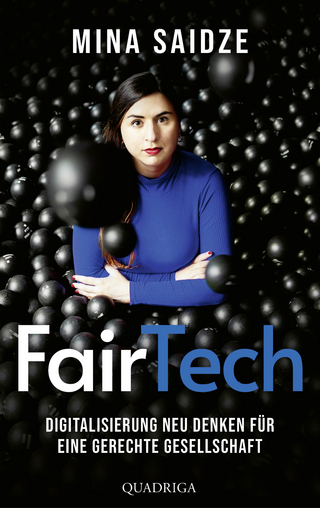
The Cinema in Flux
Springer-Verlag New York Inc.
978-1-0716-0950-7 (ISBN)
The topics are covered sequentially, with detailed discussion of the transition from the magic lantern to Edison’s invention of the 35mm camera, the development of the celluloid cinema, and the transition from celluloid to digital. Unique and essential reading from a lifetime innovator in the field of cinema technology, this engaging and well-illustrated book will appeal to anyone interested in the history and science of cinema, from movie buffs to academics and members of the motion picture industry.
Lenny Lipton founded StereoGraphics Corporation in 1980 and was the Chief Technology Officer of RealD during the introduction of digital stereoscopic theatrical exhibition. He led the team that invented the ZScreen, used in more than 30,000 RealD 3-D theaters, and was the first to demonstrate the flickerless projection technique used on 80,000 3-D cinema screens. He has written four books, including Independent Filmmaking (1972) and Foundations of the Stereoscopic Cinema (1982). He is a Fellow of both the SMPTE and the SPIE, and a member of the Scientific Council of the Conservatoire des techniques of the Cinémathèque Française. He’s been granted 72 patents in the field of electronic stereoscopic displays and received a Smithsonian award for his invention of CrystalEyes, the original electronic stereoscopic eyewear product, and he received the Lumiere Lifetime Achievement Award from the Advanced Cinema Society. While majoring in physics at Cornell he wrote the lyrics of the song Puff the Magic Dragon. He produced and directed 25 independent films in the collection of the Pacific Film Archive. He lives in Laurel Canyon, California, with his family.
Introduction
The Cinema of Real Motion
1. Huygens and the Magic Lantern
2. The Magic Lanternists
3. Lantern Light and Glass
Apparent Motion: Discovered and Applied
4. Plateau Invents the Phenakistoscope
5. A Persistent Myth
6. The Zoëtrope and the Praxinoscope
7. Daguerre’s Photography
8. Fox Talbot’s Photography
9. Protocinematography
10. Muybridge and Anschütz
11. Chronophotography: Janssen, Marey, Demenÿ
The 35mm Medium
12. Edison, Dickson, and the Kineto Project
13. The Kinetograph
14. The Kinetoscope: Projection’s Inspiration
15. Lambda, Mutoscope, and Bitzer
16. Jenkins and Armat: American Projection
17. The Lumières and the Europeans
18. Edison and the Trust
19. Porter the Filmmaker
20. Porter and the Simplex
21. Camera Design before WWII
22. Camera Design after WWII
23. Ciné Lenses: Part I
24. Ciné Lenses: Part II
Sound
25. Silent Sound
26. Synchronizing the Phonograph
26. Electronics for Talking Shadows
27. The Origins of Sound-on-Film
28. One Man Bands: Lauste and Tykociner
30. Tri-Ergon
31. De Forest and Case
32. Phonofilm
33. William Fox Hears the Future
34. Vitaphone
35. Movietone
36. RCA vs. ERPI
37. William Fox vs. the Industry
38. Optical Sound Evolution
39. Multichannel, Magnetic, and Digital Sound
Color
40. Applied Color
41. Color Elucidated
42. Color Photography before the Movies
43. Urban and the Origins of Kinemacolor
44. The Rise and Fall of Kinemacolor
45. Additive Color after Kinemacolor
46. Subtractive Technologies
47. Kelly’s Color Microcosm
48. TruColor and Cinecolor
49. Two-Color Technicolor
50. Three-Color Technicolor
51. Agfa and Ansco Color
52. Eastman Color
Small Formats
53. Early Small Formats
54. 16mm
55. Kodachrome
56. Double 8mm and Super 8
The Big Wide Screen
57. The Shape of Screens to Come
58. Grandeur et al
59. Expanded Screen: The Interregnum Ends
60. This is Cinerama
61. Cinerama after Waller
62. CinemaScope
63. ‘Scope Variations
64. Wide Screen and VistaVision
65. Todd-AO
66. 65/70mm
67. IMAX and PLF Exhibition
The Stereoscopic Cinema
68. Early 3-D
69. Polarization Image Selection
70. 3-D in the Last Half of the 20th Century
Television
71. Vision at a Distance
72. Jenkins and Baird
73. Farnsworth
74. Zworykin
75. Broadcasting Begins
76. Color Wars: CBS vs. RCA
77. High Definition Television
78. Film to Video and the VTR
Electronic Cinema
79. Electronic Cinematography and CGI
80. The Origins of Digital Technology
81. Post-production and Industry Accommodation
82. A Brief History of Electronic Projection
83. Digital Projection and 3-D Converge
| Erscheinungsdatum | 19.04.2021 |
|---|---|
| Zusatzinfo | 259 Illustrations, color; 318 Illustrations, black and white; XXII, 795 p. 577 illus., 259 illus. in color. |
| Verlagsort | New York, NY |
| Sprache | englisch |
| Maße | 210 x 279 mm |
| Themenwelt | Kunst / Musik / Theater ► Film / TV |
| Geschichte ► Teilgebiete der Geschichte ► Technikgeschichte | |
| Naturwissenschaften ► Physik / Astronomie ► Optik | |
| Technik ► Elektrotechnik / Energietechnik | |
| ISBN-10 | 1-0716-0950-5 / 1071609505 |
| ISBN-13 | 978-1-0716-0950-7 / 9781071609507 |
| Zustand | Neuware |
| Haben Sie eine Frage zum Produkt? |
aus dem Bereich


